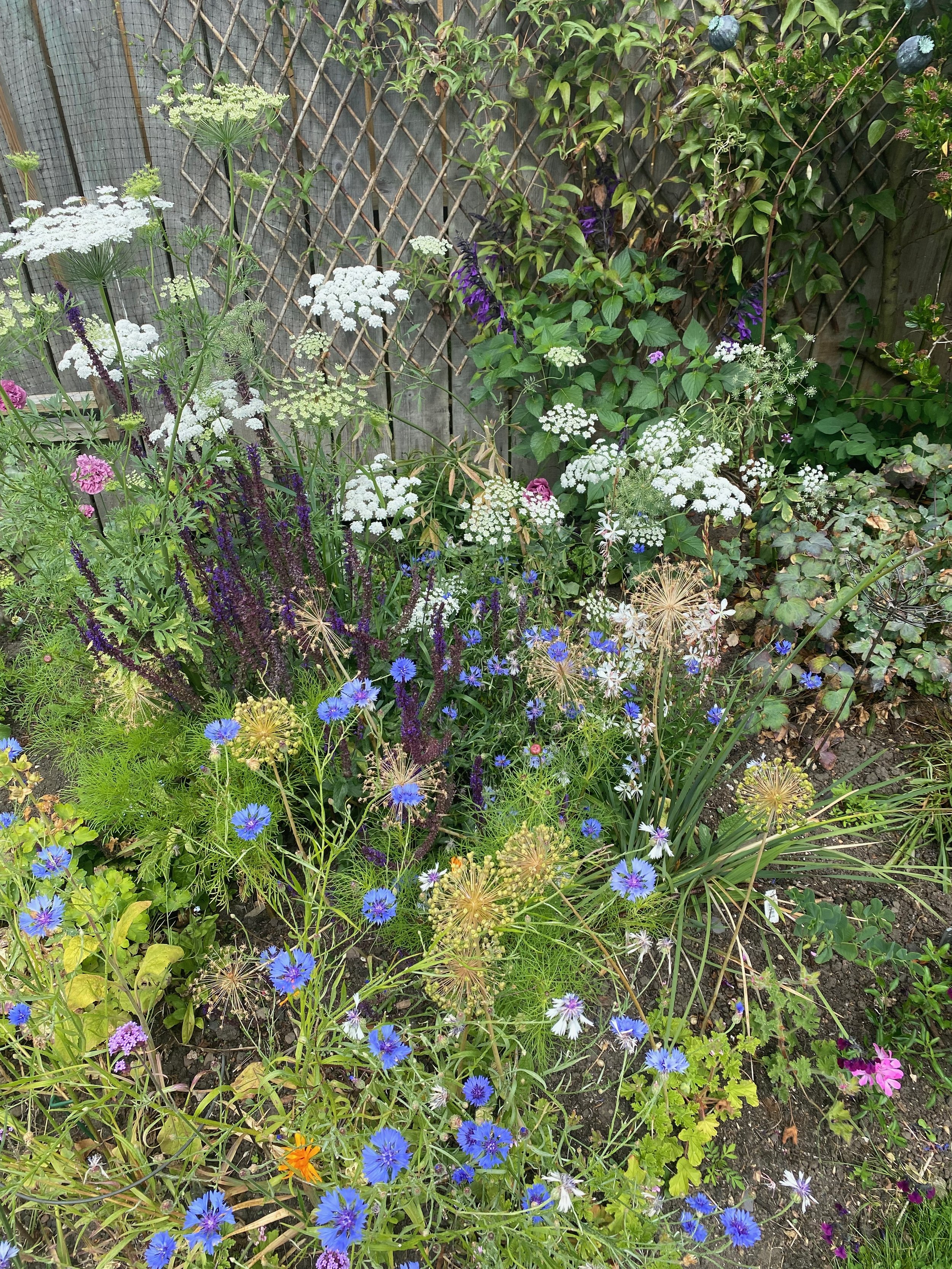Maximise pollen and nectar with a variety of flower shapes
Creating a garden that is not only beautiful to look at, but also beneficial for wildlife is a goal for many gardeners. One way to achieve this is by incorporating a wide variety of flower shapes into your garden. Different flower shapes attract different types of insects, providing them with the nectar and pollen they need to survive.
Umbellifers, such as fennel, astrantia, cow parsley, and wild carrot, have umbrella-like flower heads with many small flowers in a cluster. These provide a great source of nectar for a variety of insects.
Daisy shaped flowers, such as asters, scabious, and french marigold, are also a favourite among many insects. Their compound flower heads are made up of tiny florets all packed together, making it easy for insects to collect nectar and pollen.
Lipped flowers, found on flowers of the sage and pea families, such as lupins, wisteria, and bird’s foot trefoil, are also a great option for gardeners looking to attract bees and other insects. These flowers have a ‘landing platform’ from which insects can push their head into the flower opening.
Tubes or funnel shaped. Snapdragons and Foxgloves. The bees can clamber in and around and the weight of the bees opens up the flower.
Open, bowl shaped flowers. Think buttercups and poppies, geraniums, cherry blossom, brambles,
It's important to note that double or multi-petal flower heads should be avoided as they have been bred to have more petals, so they have very little to no nectar or it is inaccessible.
By incorporating a wide variety of flower shapes into your garden, you can not only create a visually stunning and naturalistic planting scheme, but also provide a vital source of food for a wide range of insects.
If you want to chat more about how I can help you incorporate a wide variety of flowers into your garden, feel free to get in touch.
A variety of flower shapes shown here with ammi, majus, cornflowers and salvia.

